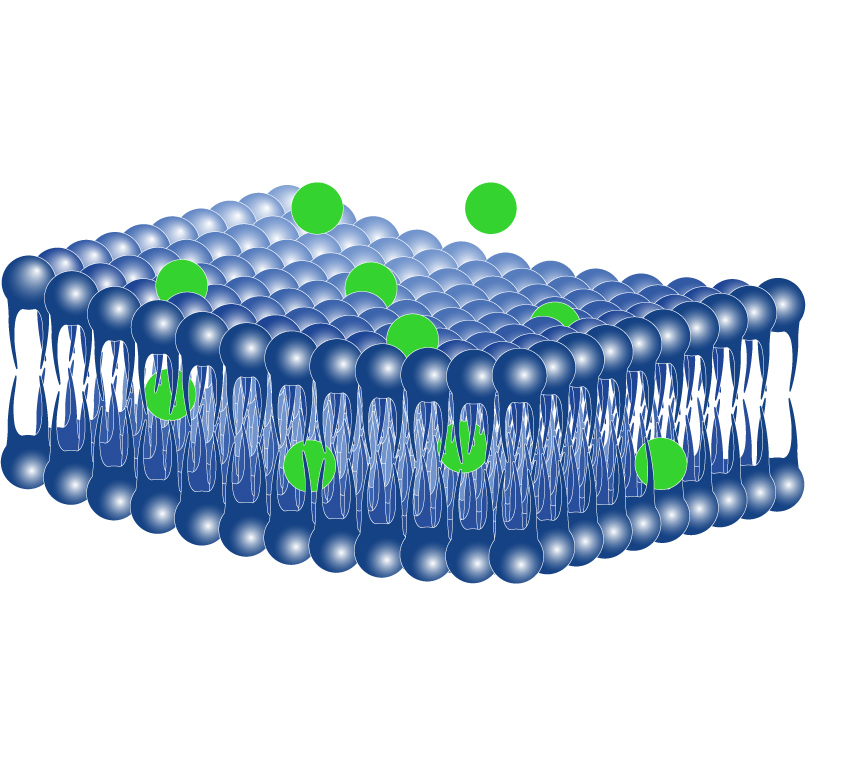A chemical process used to obtain highly concentrated Cetylated Fatty Acids with high transcutaneous penetration power
Alesco has successfully patented the process of Cetylation, a chemical process used to develop CFAs (Cetylated Fatty Acids), an innovative functional principle that aids recovery of musculoskeletal function and reduces joint, muscle and tendon pain.
Characteristics of the Cetylation process
Cetylation is a chemical process through which fatty acids of plant origin react with cetyl acid. The Cetylation process is used to obtain a mixture of highly concentrated Cetylated Fatty Acids (CFA) with high transcutaneous penetration power.
Through the Cetylation process, with their lipophilic nature and ultra-low molecular weight (<500 dalton), Cetylated fatty acids (CFA) pass rapidly through the skin barrier, which is impermeable to most of the functional principles contained in the topical formulations on the market today. CFAs in fact have the characteristic of being rapidly and completely absorbed through the skin.
The applications of Cetylation (Lipocet r.m.)
Alesco has invested years of research to develop a formulation able to maximise the effectiveness of topical products in reducing musculoskeletal pain, and today it is proud to own the patent.
The development and perfection of the Cetylation process has led to the creation of an innovative functional principle, Lipocet r.m., based on Cetylated Fatty Acids (CFA), which help to stabilise and lubricate the cell membranes, restoring joint liquid and ensuring the normal flexibility and mobility of the joints.
The operating mechanism of Lipocet r.m.:
 Once absorbed by the skin, the Cetylated Fatty Acids (CFA) contained in Lipocet r.m., attracted by the acid pH in the inflamed area, are de-esterified. The process aims to guarantee a restorative cell function, as the fatty acids, a natural component of our cell membranes, are grafted into the double phospholipid layer in the tissue cells affected by the injury and restore the normal composition and lipid concentration, thus stabilising the membrane and restoring functionality.
Once absorbed by the skin, the Cetylated Fatty Acids (CFA) contained in Lipocet r.m., attracted by the acid pH in the inflamed area, are de-esterified. The process aims to guarantee a restorative cell function, as the fatty acids, a natural component of our cell membranes, are grafted into the double phospholipid layer in the tissue cells affected by the injury and restore the normal composition and lipid concentration, thus stabilising the membrane and restoring functionality.
Therefore, CFAs not only act upstream of the release of chemical mediators to reduce joint and musculoskeletal pain, but their mechanism of action also increases joint fluidity, thus accelerating the recovery of musculoskeletal function, improving movement and helping to recover mobility.
Cetylated Fatty Acids (CFA) are also safe: no side effects, no doping effects and no photosensitivity.
